Transcription of The Overthrow of the Hawaiian Monarchy - Kamehameha …
1 The Overthrow of the Hawaiian Monarchy Contributed by KS Ho okahua Cultural Vibrancy Group On January 17, in the year 1893, the Kingdom of Hawai i was illegally overthrown. The following remembrance recorded by Johanna Wilcox speaks of the overwhelming sadness felt by the population after the Overthrow and annexation of Hawai i to the United States of America. I was born a citizen of the Republic of Hawai i in this City of Honolulu on February 18, 1898. Six months later, on August 12, 1898, Hawai i became a Territory of the United States by annexation, at a formal noontime ceremony held in front of Iolani Palace.
2 My mother and father and most Hawaiians stayed away from that heart-breaking ceremony. An interesting incident took place shortly before the changeover. Several members of the Royal Hawaiian Band were so disturbed and unhappy that they hurriedly left the scene crying unashamedly when it was time to lower the flag of Hawaii. The sympathetic German bandmaster, Captain Henri Berger, understood their feelings and so did not attempt to stop them. So, only a part of the membership of the Royal Hawaiian Band remained to play the national anthem Hawai i Pono when Hawai i s flag was hauled down.
3 The Stars and Stripes were then raised over Iolani Palace; a 21-gun salute was fired, while the band from an American warship played The Star Spangled Banner. An event of this magnitude would ordinarily call for gala celebrations that night. However, there were no celebrations as there was too much sadness, too much bitterness and resentment prevalent in the atmosphere and the authorities were afraid of riots by the unhappy frustrated Hawaiians. Overthrow of the Hawaiian Kingdom Lili uokalani became the eighth reigning monarch of the Kingdom of Hawai i at the age of 52.
4 She was sworn into office on January 29, 1891. Queen Lili uokalani was well-prepared for the position, being groomed and educated since childhood, having been declared heir apparent by her brother King Kal kaua in 1874, and having served as regent on two occasions during the King s absence. When Lili uokalani came to the throne, the tangled politics surrounding who would hold true power in Hawai i was coming to a head. Locally, citizens and residents, Hawaiians and foreigners, had many conflicting interests.
5 Globally, the great powers of the world were racing to claim new territories in a competitive land grab dubbed Manifest Destiny by the Americans. In February of 1892, nearly a year into the Queen s reign, the Kingdom of Hawai i was scheduled for elections. The political landscape of the time was comprised of four main political organizations: 1) The Reform Party consisted mostly of members of the Hawaiian League, formed in 1887. Although there were a few part- Hawaiian members, the Hawaiian League was mainly a haole organization that took its direction from an executive committee commonly called the Committee/Council of Thirteen.
6 Most members of the Hawaiian League sought to abolish the Monarchy and establish Hawai i as a republic. The most radical members of the League were proponents of annexation to the During Kal kaua s reign, the Hawaiian League formed an alliance with the Honolulu Rifles, an all-haole volunteer component of the armed forces of the Kingdom of Hawai i, and imposed upon the King a new cabinet, called the Reform Cabinet. Their first order of business was to secure a new constitution. It was this group that forced King Kal kaua to revise the constitution of 1864, in turn creating a new Bayonet Constitution, nicknamed as such because of the manner in which it came into existence.
7 2) The National Reform Party emerged from groups allying with one another mainly to challenge the Reform Party. The Queen supported this party, and for all intents and purposes it served as the government party. 3) The Hawaiian National Liberal Party was made up of dissatisfied members of the National Reform Party. This party advocated for a new and more liberal constitution. They were strong proponents of keeping Hawai i independent, as well as revising existing treaties, particularly with America, to put Hawai i in a more advantageous position.
8 Their motto was Hawai i for the Hawaiians. 4) The Native Sons of Hawaii was another party, formed right before the Queen ascended to the throne. Like the previous two parties, they also wanted to preserve Hawai i s independence, but unlike the Liberal Party, they wanted to keep the monarchical institutions intact. They also adopted the slogan Hawai i for the Hawaiians. The election took place on February 3, 1892, resulting in none of the four parties holding a majority in the legislature.
9 Discussions about the future of Hawai i, its relations to world powers, and possible changes in the Kingdom s government took center stage. There was also a very public jockeying for power between the Queen and the different factions of legislature regarding the makeup of her cabinet. Three months after the election, arrest warrants were issued for leaders of the Liberal Party and some members of their secret organization, the Hawaiian Patriotic League (Hui K lai ina), which sought equal rights and a new constitution.
10 Queen Lili uokalani documented, Petitions poured in from every part of the Islands for a new constitution; these were addressed to myself as the reigning sovereign. They were supported by petitions addressed to the Hui Kalaiaina, who in turn indorsed and forwarded them to me. It was estimated by those in position to know, that out of a possible nine thousand five hundred registered voters, six thousand five hundred, or two-thirds, had signed these petitions. To have ignored or disregarded so general a request I must have been deaf to the voice of the people, which tradition tells us is the voice of God.
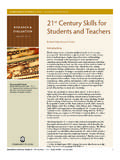
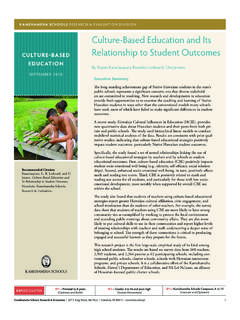
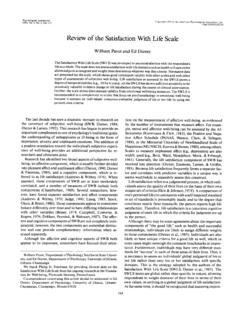

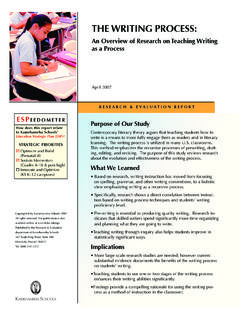


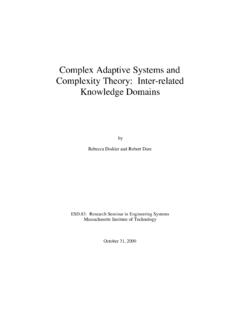
![Translated by Arthur Gilchrist Brodeur [1916]](/cache/preview/b/7/6/1/5/b/6/4/thumb-b7615b64324a0e96bab2978ad70bd4f0.jpg)
